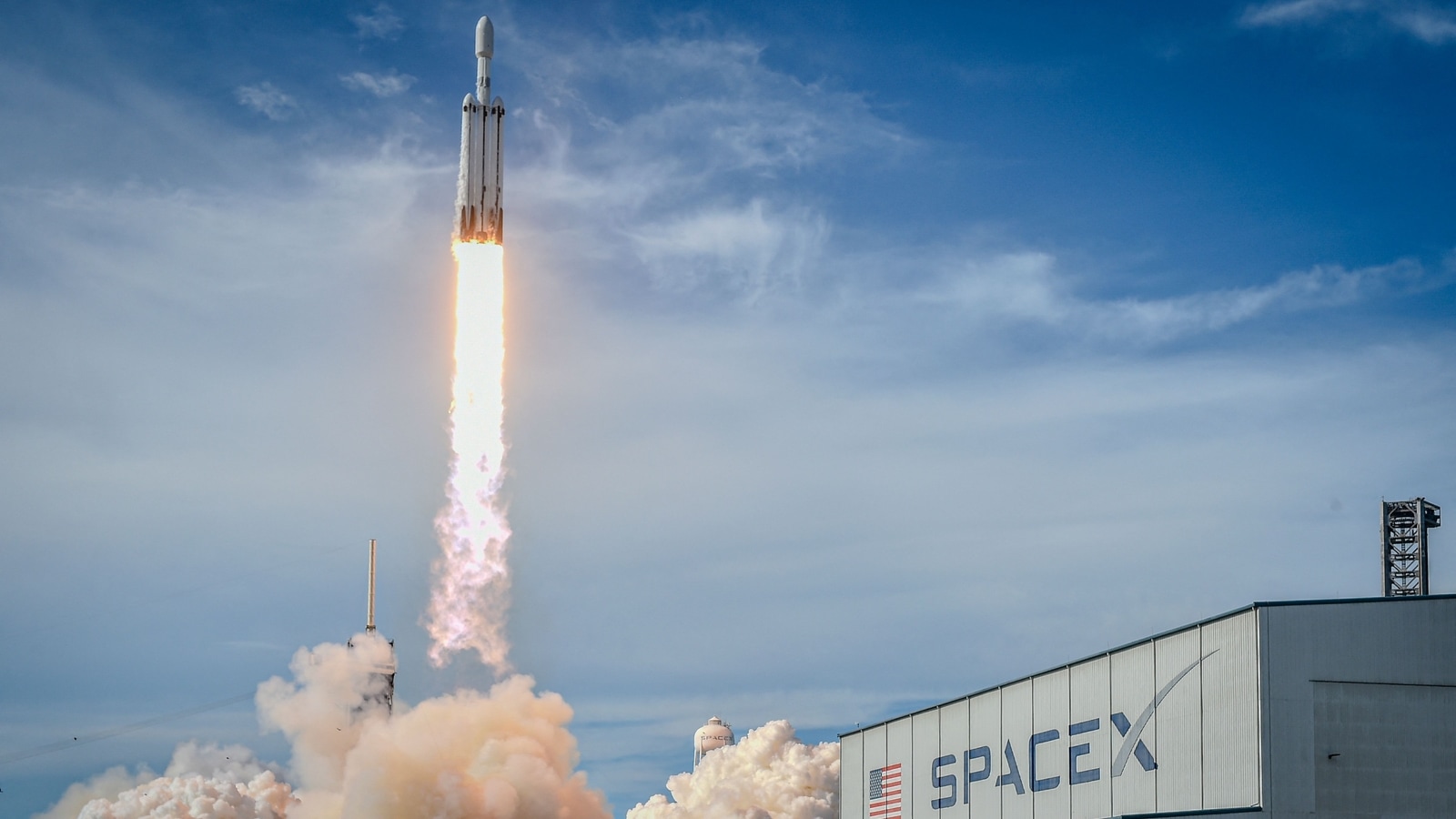NASA has once again chosen Elon Musk’s SpaceX for another project.
On Tuesday, June 2, the U.S. space agency announced that it had awarded SpaceX a contract worth approximately $69 million to launch the Compton Spectrometer and Imager (COSI) spacecraft into low Earth orbit.
Using SpaceX’s Falcon 9 as NASA’s rocket flight for COSI, the joint partnership will launch a space telescope to study the universe in high-energy gamma-ray light. The astronomical mission is scheduled to launch in August 2027 from Cape Canaveral Space Force Station in Florida, USA.
What is the purpose of launching NASA’s Space Telescope with SpaceX’s Falcon 9?
The U.S. government agency selected COSI earlier in 2021 for its Small Explorer (SMEX) program, which was estimated at $145 million at the time, excluding launch costs. According to Space News, the spacecraft will detect soft gamma rays and their sources in the Milky Way and beyond.
Read also | ‘Robot suicide’ shocks South Korea, authorities investigate sudden ‘death’ of ‘depressed’ cyborg
NASA said Tuesday that its Wide-Field Gamma-ray Telescope will investigate energetic phenomena in the Milky Way and beyond, “including the creation and annihilation of matter and antimatter and the final phase of the lives of stars.”
COSI “will investigate the origin of the Milky Way’s galactic positrons, reveal the sites of nucleosynthesis in our galaxy, perform gamma-ray polarization studies, and find counterparts of multi-messenger sources,” the agency added in a statement.
This mission was initially scheduled to launch in 2025. However, the launch was delayed until 2027 due to budget constraints. NASA claimed that they had extended the design work for Phase B to accommodate budget pressures.
The global space media also reported that NASA refused to disclose the number of companies bidding for the launch, as it considered the information “selectively sensitive.”
Read also | American League All-Star jerseys leaked on social media, fans demand return to traditional team uniforms
SpaceX’s Falcon 9 has earned the controversial title of the busiest rocket in the arena, having launched 67 times this year.
The NASA x SpaceX mission is a partnership between the University of California, Berkeley’s Space Sciences Laboratory, the University of California, San Diego, the Naval Research Laboratory, NASA’s Goddard Space Flight Center and Northrop Grumman.
In addition to the COSI program, NASA had previously shortlisted Musk’s spacecraft manufacturer to deliberately destroy the International Space Station (ISS) after its estimated retirement in 2030. Under the $843 million contract, SpaceX’s so-called “Deorbit Vehicle” (USDV) will guide the laboratory back into Earth’s atmosphere, thereby dismantling it.
